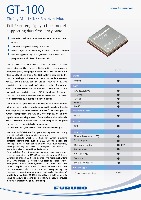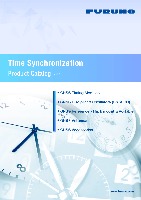GPS/GNSS Modules
Timing Multi-GNSS Receiver Module Model GT-100 NEW

Achieves the world's highest robustness and stability by receiving dual band(L1/L5)
A next-generation GNSS receiver module for time synchronization, compatible with all global GNSS systems. GT-100, which supports dual-frequency reception on L1 and L5 bands, is designed for exceptional robustness. It achieves timing stability under 4.5 ns (1σ). Equipped with NTT's anti-multipath algorithm, "Dynamic Satellite Selection™", they minimize timing degradation even when GNSS antennas are placed near windows or in urban environments.

 Quote Request Form for GNSS Timing Products
Quote Request Form for GNSS Timing Products
 (White Paper)Dual Band GNSS Receivers: Safeguarding Critical Infrastructure
(White Paper)Dual Band GNSS Receivers: Safeguarding Critical Infrastructure
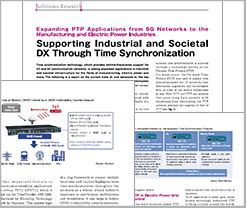 (Article) Supporting Industrial and Societal DX Through Time Synchronization
(Article) Supporting Industrial and Societal DX Through Time Synchronization
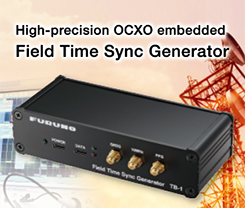 (Model TB-1) Light, fast, accurate! Palm sized "Atomic Clock"
(Model TB-1) Light, fast, accurate! Palm sized "Atomic Clock"

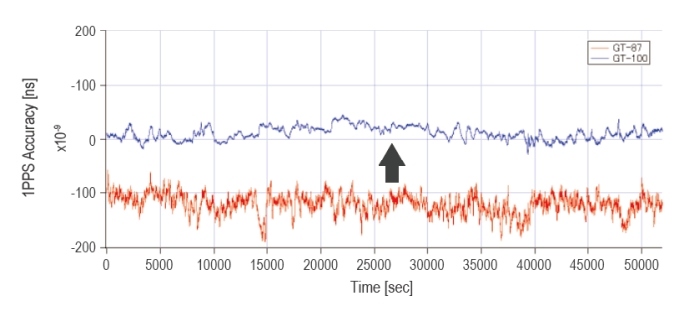
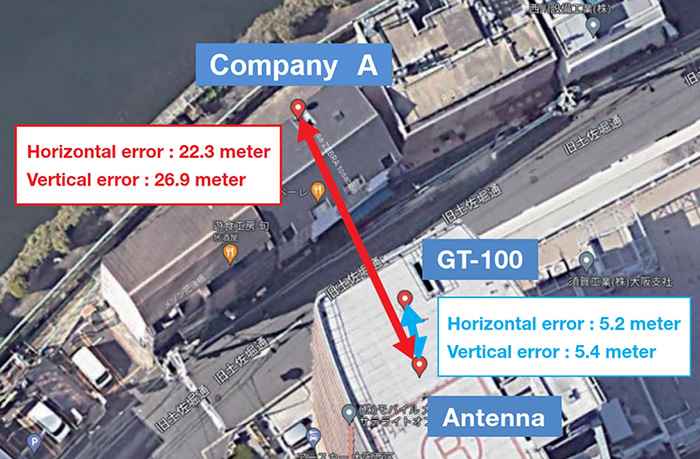
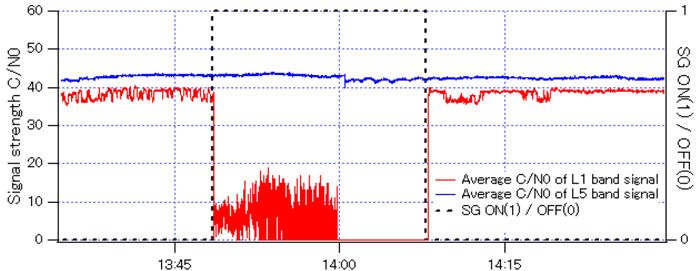
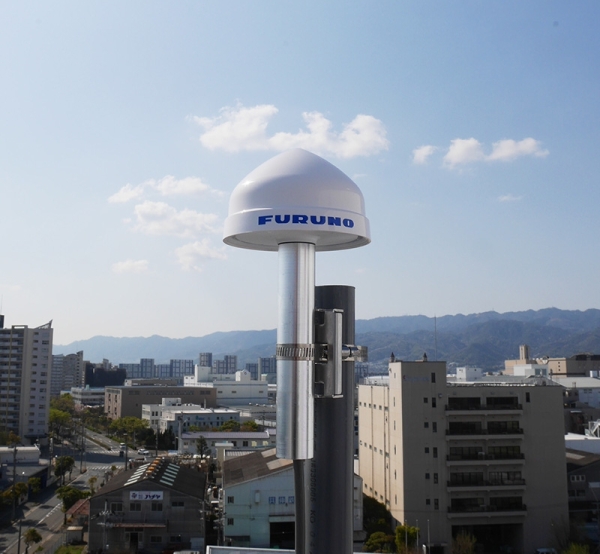
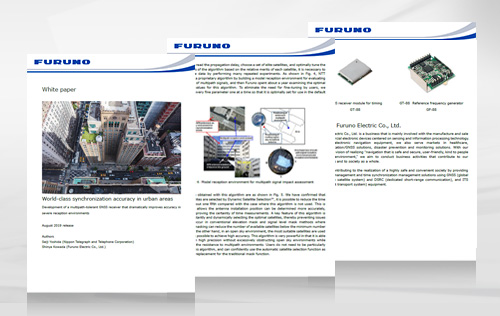
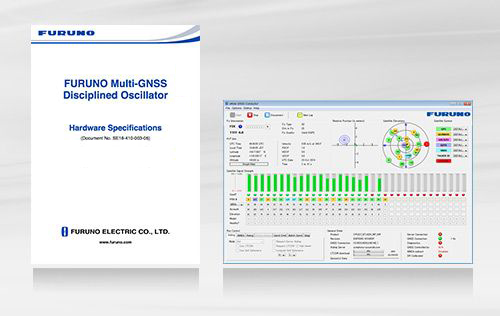 Download documents and software related to this product and other GPS/GNSS products (Specifications document, Drivers and Monitor software).
Download documents and software related to this product and other GPS/GNSS products (Specifications document, Drivers and Monitor software).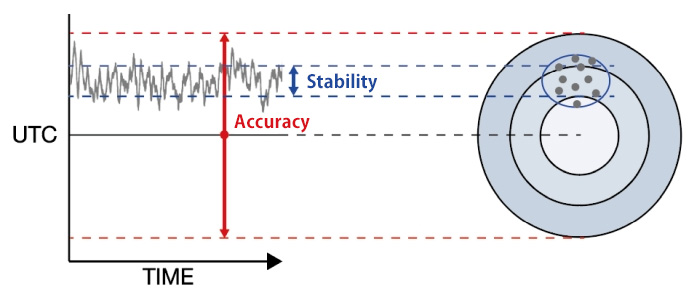

 Please fill out the quote form and our staffs will respond to you shortly.
Please fill out the quote form and our staffs will respond to you shortly.